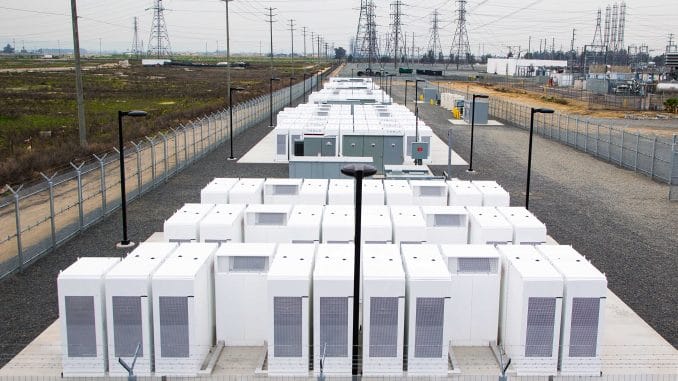How AI is Rewiring the Brain of the Battery
AI is turning batteries from static energy tanks into smart, real-time decision-makers—maximizing market profits, managing degradation, and stacking value across services.

AI is turning batteries from static energy tanks into smart, real-time decision-makers—maximizing market profits, managing degradation, and stacking value across services.
